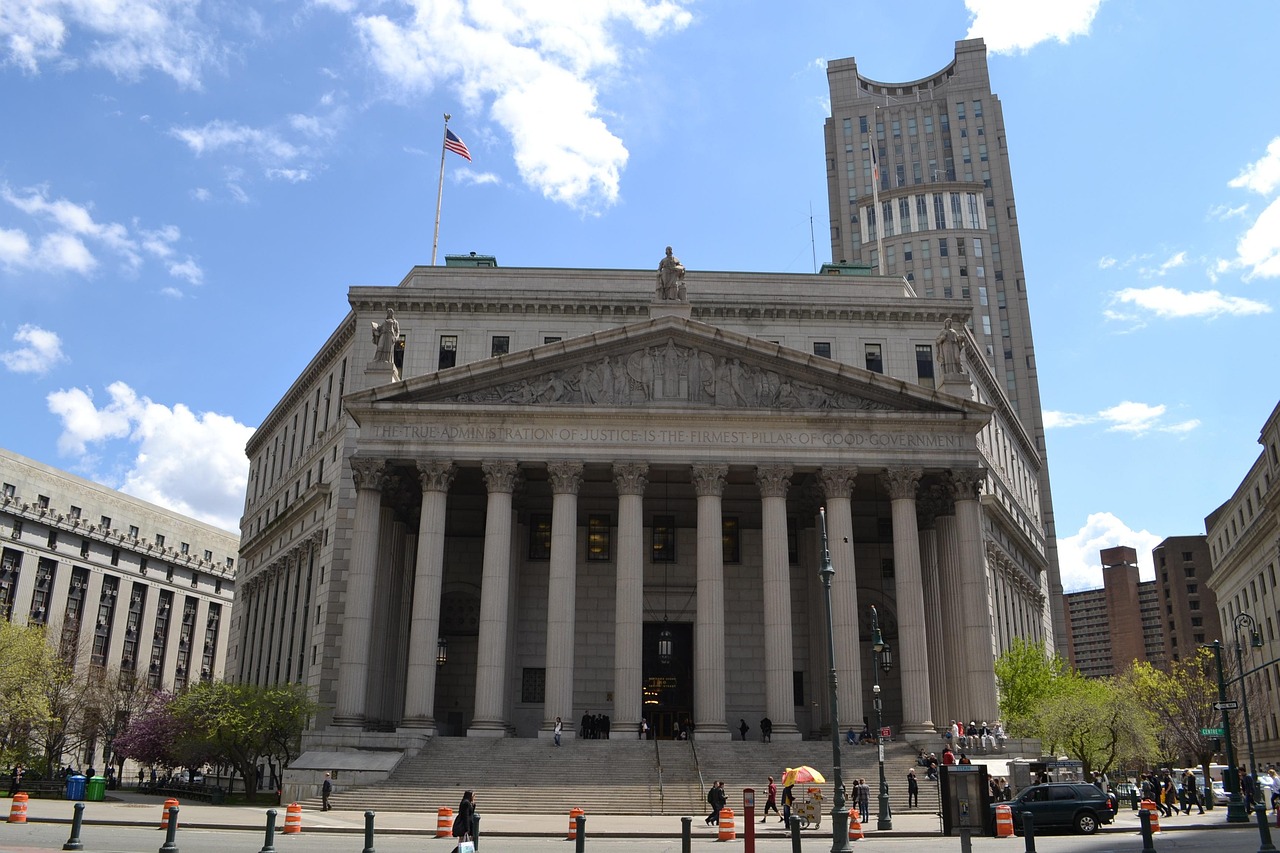
Supreme Court Ruling on Staff Cuts
In a significant ruling on July 8, 2025, the Supreme Court allowed the Trump administration to move forward with substantial staff reductions across various federal agencies. This decision comes amid ongoing legal challenges from unions and local governments that argue these cuts threaten essential public services. The ruling does not conclude the legality of the cuts themselves, as further examination of specific agency plans is anticipated in future court proceedings. The Supreme Court’s unsigned order indicated that the administration is likely to prevail in its arguments supporting the executive order that prompted these job cuts. However, the Court was careful to clarify that it does not endorse the legality of individual agency plans related to the reductions. This nuanced position was underscored by Justice Ketanji Brown Jackson, who was the sole dissenting voice, expressing concern over the implications for democracy and the services that citizens depend on.
Dissenting Opinions from Justices
Justice Ketanji Brown Jackson’s dissent highlighted the potential dangers of large-scale workforce reductions without congressional oversight. She stated, “Today’s decision has dealt a serious blow to our democracy and puts services that the American people rely on in grave jeopardy.” Jackson emphasized the need for a thorough understanding of the impact on the ground before allowing such sweeping changes to occur. Justice Sonia Sotomayor also expressed reservations, agreeing with Jackson’s view that the President should not be able to restructure federal agencies in ways that contradict congressional mandates. However, she concurred with the majority ruling, noting that the specifics of the agency plans were not under review at that moment. This division within the Court reflects broader concerns about executive power and its limits.
Background of the Executive Order
In February 2025, President Donald Trump issued an executive order directing federal agencies to prepare for large-scale reductions in force. This directive has its roots in a historical precedent where the executive branch has exercised similar authority for over 150 years. U. S. Solicitor General D. John Sauer defended the order, asserting that it is grounded in established legal principles. However, critics argue that any significant reorganization of the federal workforce requires collaboration with Congress, as emphasized by District Court Judge Susan Illston in her earlier ruling that temporarily blocked these reductions. Illston pointed out that while presidents can set policy priorities, they must do so within the framework established by Congress.

Legal Challenges and Future Implications
The current legal challenges stem from a coalition of unions and local government entities that have filed lawsuits to contest the cuts. They argue that such actions undermine the very fabric of government services and violate constitutional mandates. The coalition’s statement following the Supreme Court’s ruling underscored their belief that the reorganization efforts should not proceed without legislative approval. As the situation evolves, the Supreme Court’s ruling leaves the door open for future litigation regarding the specifics of agency plans. Observers are keenly watching how this ruling will affect not only the federal workforce but also the services provided to the public, as reductions could have far-reaching consequences.

Nationwide Reactions to the Ruling
The Supreme Court’s decision has elicited a range of reactions from various stakeholders. Many government employees and their unions are voicing their concerns about the potential loss of jobs and services. The coalition opposing the cuts argues that these reductions could lead to diminished quality of government services, which are vital for many citizens. Conversely, supporters of the Trump administration’s move argue that streamlining government operations is necessary for efficiency and fiscal responsibility. They point to the historical precedent of executive authority in workforce management as a justification for the cuts. As the debate continues, citizens across the nation are left wondering what the long-term implications of these reductions will be for their communities and the federal government as a whole. The subsequent legal battles are expected to shape the future of federal employment and the relationship between the executive branch and Congress.






